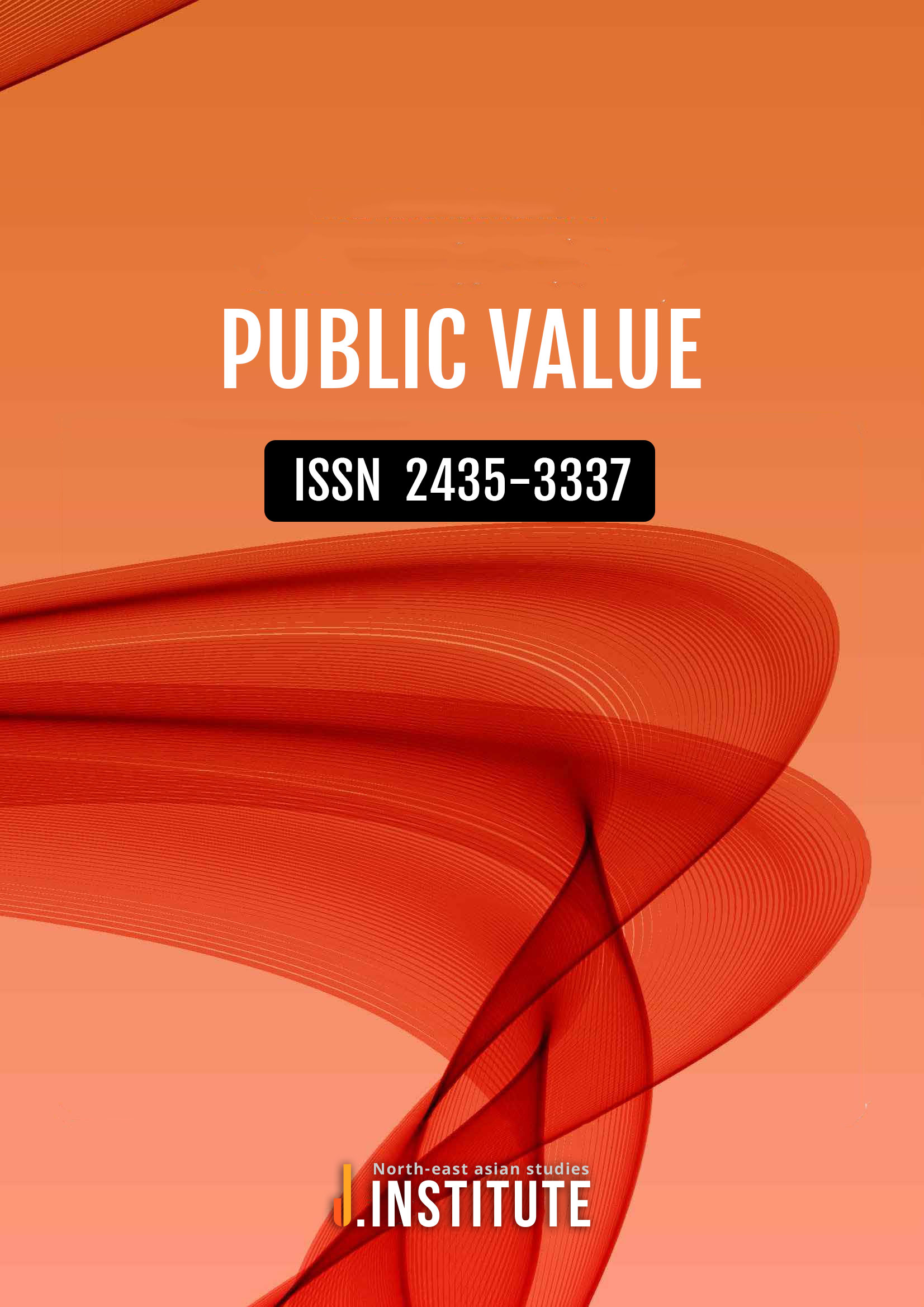There has been diverse changes in the age of first criminal offense and both types and patterns of crimes amid the changes in social structure. In relation to that, this study was intended to provide explanation from the standpoint of anomie theory postulated by Emile Durkheim.
Anomie refers to a state in which there is an absence of dual standards or norms. In other words, dual standards or absence of norms arise from failure to establish new norms in the midst of weakening influence of previously prevailing norms, thereby causing a confusion reverberating throughout the society.
Particularly, the spread and use of SNS, spurred by advancement of ICT(Information and Communication Technology), are weakening social norms, and furthermore, online norms are still remained in unchartered territory.
Amid such confusion over norms, juvenile delinquency has been increasing.
Social media is characterized by far-reaching dissemination, openness, accessibility, relationship, and diversity of contents. This kind of social media, which grows like an organism, is not subject to ordinary mechanism for consumption and production. Rather, social media is characterized by two-way communication allowing users to participate spontaneously, share information, and create contents in the process.
In particular, social network service(SNS) has the characteristics of media influencing the mode of thinking and behavior of users.
Thus, cyber space improves solidarity, bond, and mutual understanding which bring down the wall of race, ethnicity, gender, and transforms the structure of consciousness, viewpoint, and lifestyles of people based on formation of shared values, and tear down traditional social structure.
Social media has far-reaching ripple effect and influence as it is a service enabling simultaneous interchange and communication with many unspecific people without any constraint on time and space. Especially, social media functions as a stepping stone to recognize the peer group norms while the recognized norms serve as barometer of social value and efficiency. Therefore, social media is likely to open the path to juvenile delinquency.
Friends in cyber space on social media platform have some extent of mutual psychological relevance and tend to share many things over specific matters.
This share ability may lead to norm recognition among peer groups, and the recognized norms will function as universal norms in society.
As social media is triggering this anomic social environment and strengthening online interpersonal relationship, creating a social network structure separately from offline relationship through solidarity reinforced via SNS.
Social media has been widely accepted as a tool for communication, information gathering/exchange, and contact among adolescents, which eventually increases the chances of contact resulting in juvenile delinquency.
In Korea, however, institutional regulations or policies have not been clearly laid out in Korea despite some research findings that social media has direct or indirect influence on youth crimes or realistic issues swirling over adolescent criminal offenses.
This reality suggests that social media has been used as hotbed of crime and that cyberspace is likely to see an upswing in number of youth crimes for the upcoming period.
2016.06.30
Keyword:Youth Crime, Anomie, Juvenile Delinquency, Social Media, SNS

